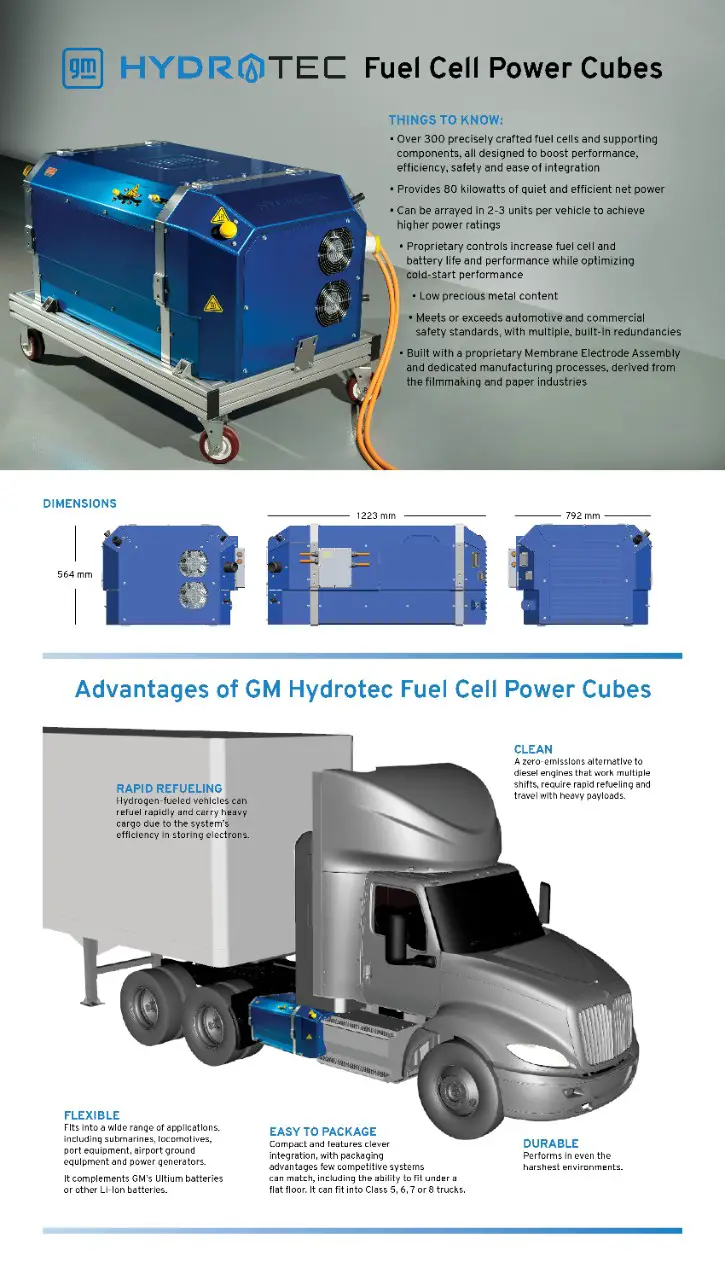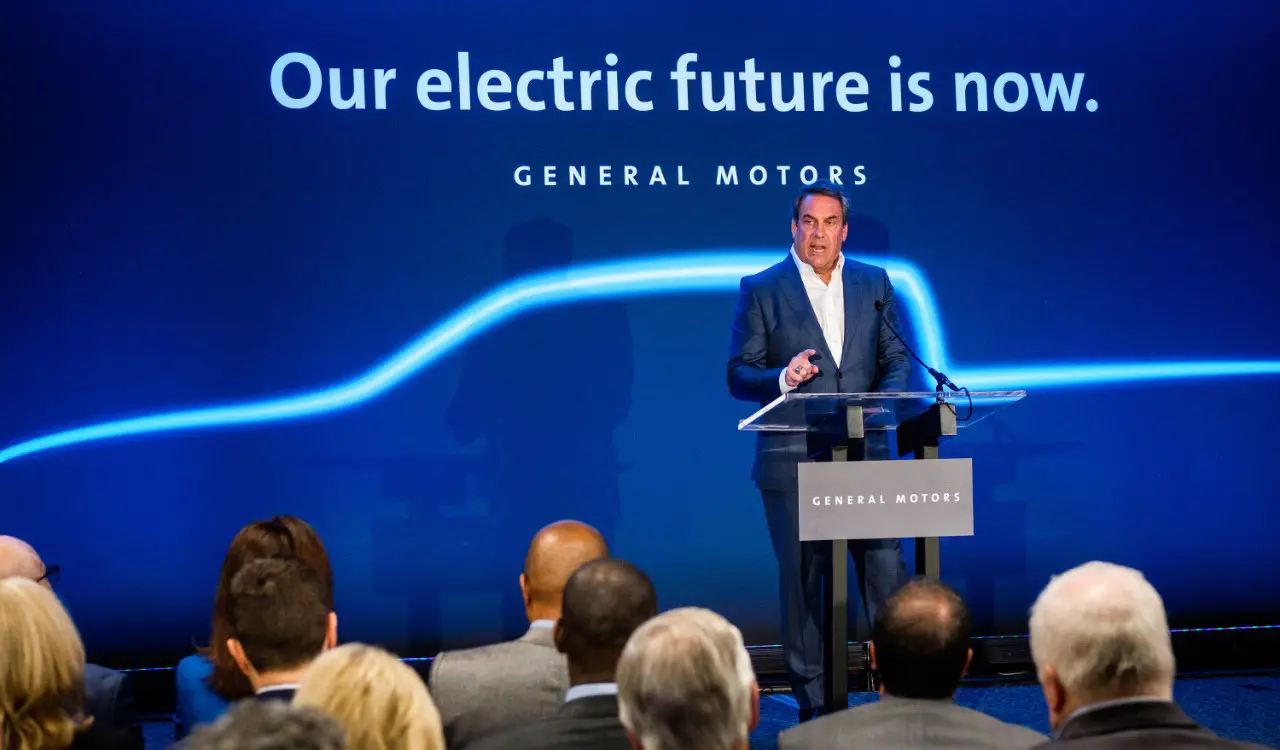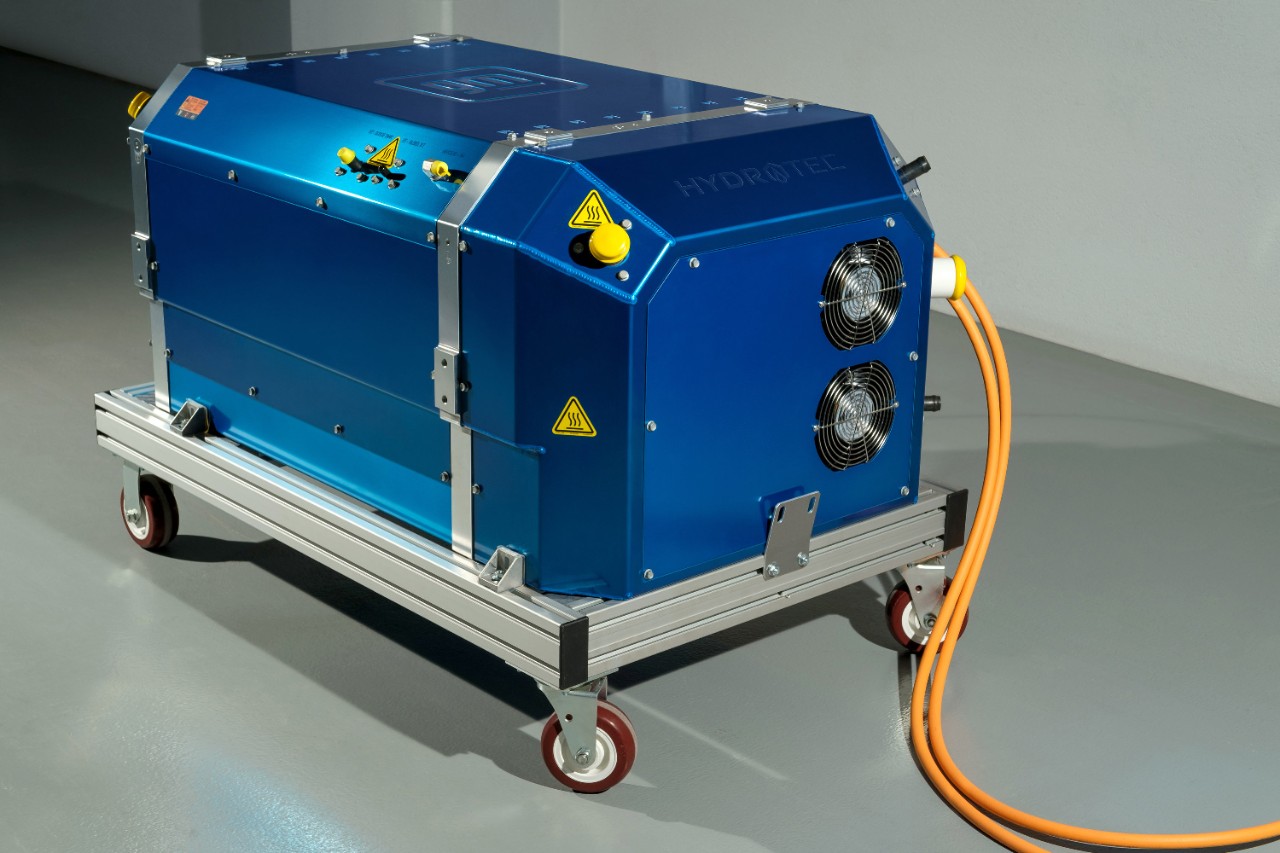Tired of diesel fumes and jake-brake noise pollution? GM is on it.
GM announced today that the company’s Hydritech fuel cells will power the Navistar production model fuel cell electric vehicle (FCEV) – the International RHTM Series. This new tractor will be an electric vehicle that uses fuel cells instead of just large, heavy lithium-ion battery packs. This announcement ties in perfectly with GM’s new direction.

It was exactly one year ago that Mark Reuss took to the podium to announce that “GM’s all-electric future is now.” On that day, January 27, 2020, GM’s President made clear that GM wasn’t kidding. The company really is moving to electric vehicles.

The Electric vehicles are often linked to global warming and the reduction of fossil fuel usage. While worthy goals, EVs have other environmental benefits that Americans in both urban and rural areas will enjoy. Two of these are reduced air pollution reduced noise pollution.
Present-day diesel tractors burn diesel fuel. Unlike modern gasoline-powered passenger cars, most people can smell diesel truck emissions even from a distance or when following a truck in traffic. The pollution is that evident. FCEV trucks emit only water from their “tailpipes.”
Perhaps even more apparent will be the reduced noise pollution offered by eliminating diesel tractor-trailer engines. Drivers of tractors need to “jake-brake” the engines in order to keep friction brakes from overheating on long or steep downhill roadway sections. The thundering noise is heard for miles, well beyond any wind or tire noise. Sadly, many truckers enjoy the sounds and use the brakes beyond what is necessary.
All-electric vehicles can use regenerative braking to recapture the energy lost to friction braking. FCEVs use a small battery to store energy and the battery can be replenished from regenerative braking. Not only does regenerative braking slow the vehicle in the same manner that jake-braking does and add back free energy, it is silent.
GM says that Navistar’s FCEV will get energy from two Hydrotec fuel cell power cubes. Each Hydrotec power cube contains 300-plus hydrogen fuel cells along with thermal and power management systems. The power cubes are compact and easy to package and can be used in a wide range of applications, including marine, earth-moving and mining equipment, locomotives and power generators. Just one more part of GM’s “all-electric future.”

